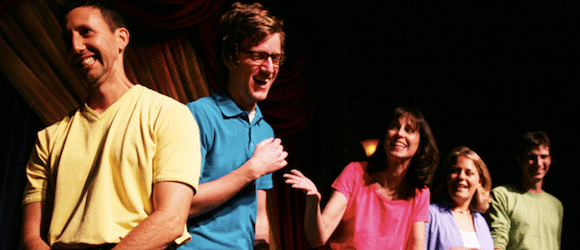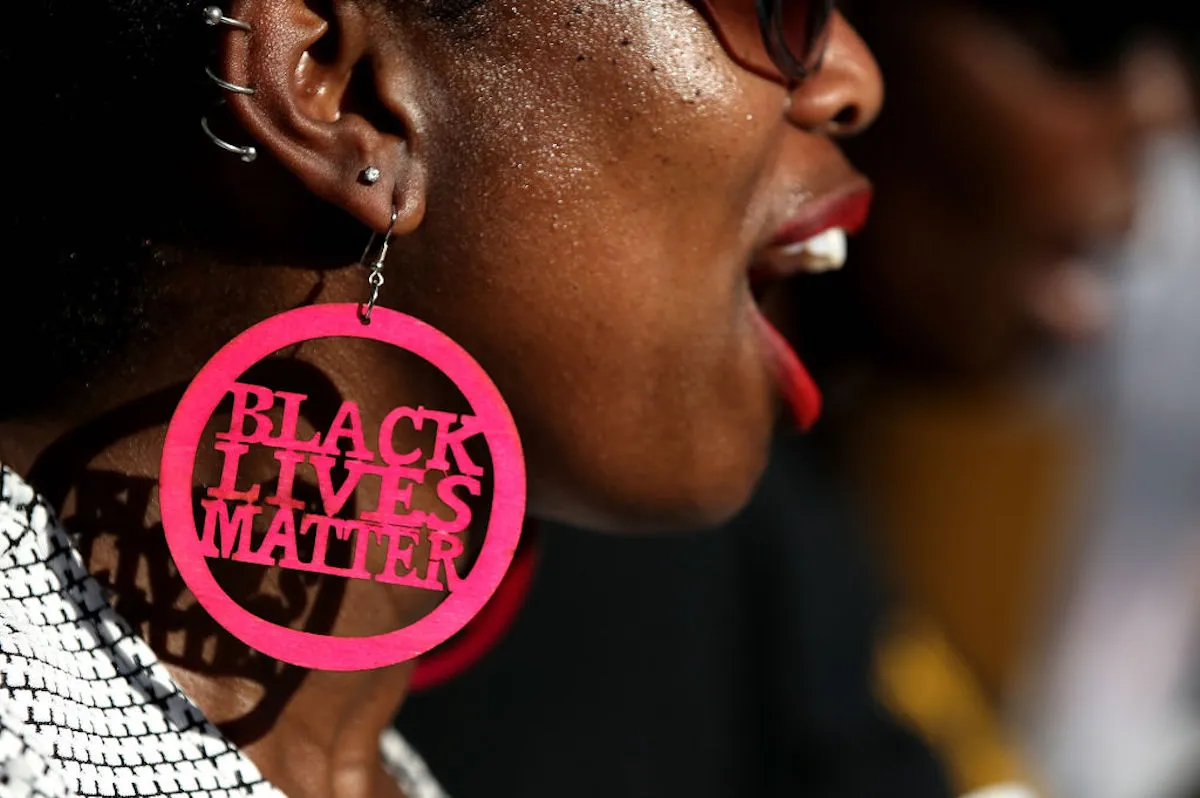Months ago Emily Schorr Lesnick approached us and asked us if we would be interested in running her “localized study of female improvisers” that “looked at how funny women navigate gender on stage.” Naturally, we said “Of course,” “Yes,” and “Yes, please!” Over the summer she adapted her twenty-page senior capstone project to a more blog-friendly format that we’ll be running this week in three parts. The first one ran on Monday, the third will be up Friday.
And so no further introduction from me, here is Part Two of Emily’s Funny Women project.
I interviewed Twin Cities funny women affiliated with long-form and short-form improv and improv-devised sketch comedy theaters about their experiences.
The main questions I asked all nine women included:
- what makes a woman funny?
- what roles or types do women perform most often and why?
- how does the spontaneous form of improvisation, combined with the audience’s laughter, facilitate the perpetuation of common-denominator humor that marginalizes women, people of color, differently-abled people, and so on?
I also asked them to describe how their multiple social identities might intersect with their involvement in comedy.
While some women praised the “men who are doing it right” on stage, many of the women I interviewed wrestled with the different roles for male and female improvisers, tensions between men and women, and the ways that the audience judges women on stage more harshly than men. As Anna articulated: “It’s hard to find people to improvise with who see me how I see myself,” alluding to the difficulty of finding (male) improvisers who see and treat women as three-dimensional people, rather than comedic stereotypes (Anna, improv teacher, age 31).
Internalizing gender stereotypes affects the what and the how of improv performance, meaning that women navigate gender on stage both in their interactions with male scene partners, as well as in the roles they embody in scenes.
Author of Whose Improv is It Anyway? Amy Seham elaborates on this phenomena:
“Men still initiate far more scenes, games, and monologues than women do. Once again, women, … frequently find themselves defined [on stage] as girlfriends, wives, and mothers, and far less often as central agents in a scene or set of scenes” (page 68).
So, men are able to act out societally-rewarded acts of dominance on stage, while “bulldozing” women and thrusting stereotypes and roles of submission upon them (improv teacher and co-founder of HUGE, age 38). Performers who bulldoze destroy their scene partners’ initiations and flatten their characters, removing three-dimensional, complex scenes and inserting stereotypes.
On Bulldozing
The dynamics of male improvisers bulldozing their female scene partners can limit their opportunities.
Two improvisers happened to (independently) share the same story to illustrate the ways that women are placed into stereotypical roles and not given the agency or space to get out of them. A friend of my two interviewees, the only woman in a ten-person improv team that touted their cutting-edge style, entered an ongoing scene between two men. Her “walk-on” initiation was a clear assistant dropping off important papers to a supervisor, entering to say “here are your papers, boss,” and then leave. However, when she entered the scene, her male scene partner labeled her a prostitute, exclaiming “You must leave, sir, my prostitute is here!”
Bad improv, yes. But let’s dissect further:
This line of dialogue made this improviser into the object of laughter (and, as a prostitute, an object of sexual desire) and destroyed her initiation into the scene as another character from the business setting. This improviser’s adherence to rules of agreement in improv scenes effectively silenced her, as she negotiated her visible hurt and frustration with her desire to
support her teammates. Male improvisers create and adhere to these rules of agreement (see Stephen Colbert‘s speech on “saying yes“) while women sometimes have no choice but to go along with it.
Moments like these present women with a choice to accept their status in an offensive joke and collude with oppression for the sake of teamwork, or risk disapproval from scene partners and/or the audience, should they object.
Gender Roles and Stereotypes
I found that years of experience performing improv had little to do with the misogynistic or gender cool content of performance. So, misogynistic performances are not a phase for immature performers, but rather a result of internalized histories of oppression.
The college women I interviewed, both of who began improvising in college, struggled with misogyny on stage and from the audience, in spite of the fifty/fifty gender ratio of the college group I interviewed. Although an improviser and student claimed she did not see a difference between what makes a woman or a man funny on stage, she recognized the ways that men could perform female stereotypes in a way that does not translate to women performing male stereotypes.
Both college-aged women sensed a need to justify their presence on stage to their fellow improvisers as well as to an audience, as they expressed a feeling that women cannot “get away” with not being funny on stage, while men are often forgiven for a momentary comedic mistake.
The more experienced Twin Cities improvisers I interviewed often connected with scholars’ about the numerical silencing of women on stage. In many cases, even large improv teams were completely male dominated, with the token “one girl.” One Twin Cities improv veteran shared that she joined an improv group as the “replacement girl.” The one girl, a token in a group, is constantly forced to play the female in each scene, a phenomena corroborated by many of
my interviewees.
The next installment explores the ways that “witty” and “pretty” are constructed in opposition to one another and its effects on funny women.
Emily Schorr Lesnick is a recent graduate of Macalester College, where she studied identity, comedy, and girl geek culture. Her writing has been featured on guffawmn.com. You can follow her on Twitter @ESchorrLesnick.









Published: Oct 19, 2011 12:33 pm